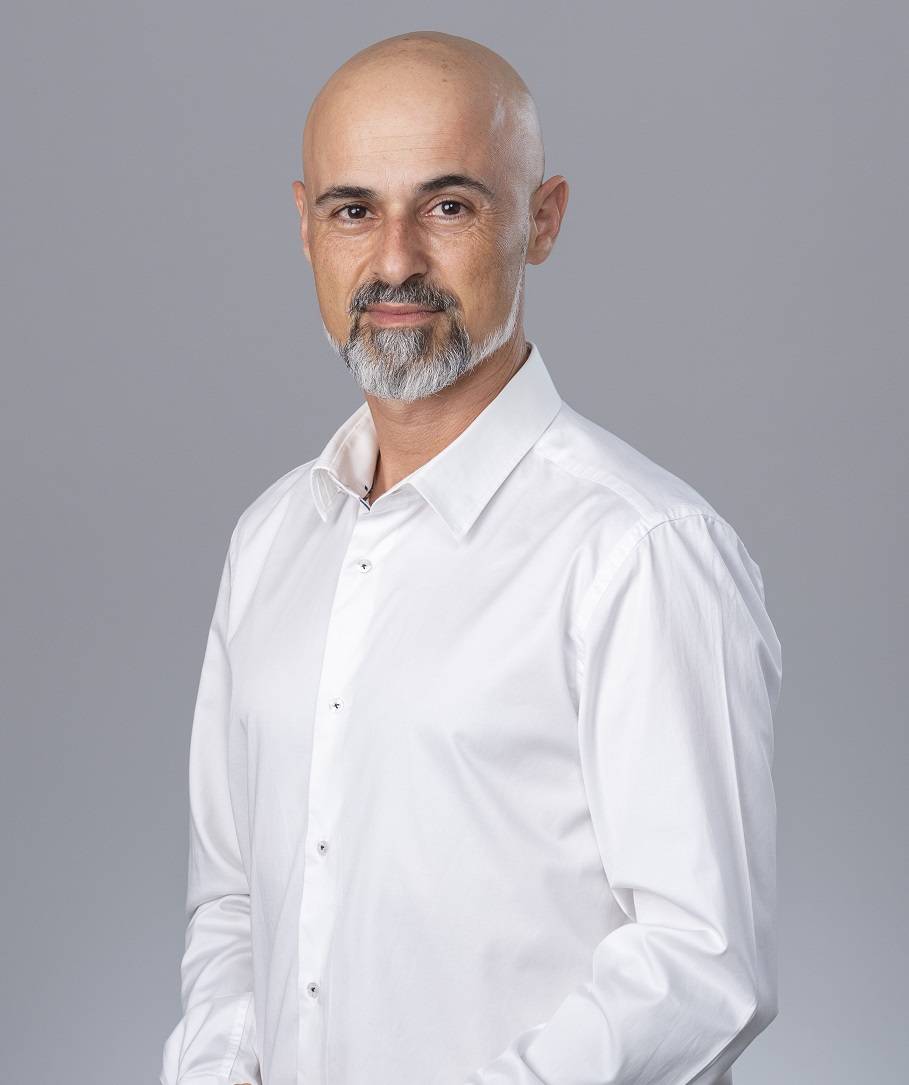
As a part of our global expert series at AM Chronicle – Gil Lavi shares his insights on Why Automation is Essential for Scaling Up Digital Manufacturing. Gil Lavi is the Founder and CEO of 3D Alliances, a consulting company that supports the world’s most innovative hardware and software 3D printing companies to accelerate their revenue stream. Gil spent over 10 years at Stratasys GmbH building and managing the company’s channel network in Europe, and in the past 4 years supporting 3D startups with gaining access to funding, and with recruiting sales partners and top talents for their organizations.
We often hear about 3D printing companies that aim to offer new industrial systems for scaling up the production of end-use parts – faster printing speed, bigger tray size, higher tolerances, and wider range of materials. As more specific they will be with focusing on the industries they would like to address and the applications they are aiming for, the most likely they will succeed with providing the right solutions. However, industrial 3D printers are only part of the full additive ECO-System that is required to scale up the complete end-to-end digital manufacturing workflow.
Automation is Essential
As the industry evolves, Industrial 3D printers will play a major role in pushing digital manufacturing forward. However, in order for them to enable scalability, they will have to offer more automated processes. Unlike prototyping, production time is more crucial when it involves the manufacturing of end-use parts. Loading a new material to the printer, preparing the files for printing, removing the parts from the tray once printing is done, switching trays ect – all of these steps will have to be more automated then they are today.
In the industry today we see 3D printing companies that are adopting this approach and architecting their solutions accordantly. On the other hand, legacy and other new companies are still thinking “in the box” and adopt more of a closed system approach. This will make it harder for manufacturers looking to integrate 3D printing in their manufacturing workflow, to build a full and automated additive ECO-system.
Before and after the printing process
It is quite clear that when large manufacturers are looking to set up their own digital manufacturing workflow, they need to integrate several solutions before the printing phase and after.
Before – these elements include Software solutions such as workflow management systems, simulation and generative design, data protection, data process accelerators and more. Putting them all together should be done smartly and after carefully analyzing the current and future needs of the factory floor, and understanding how to integrate with their current CAD, PLM or ERP systems.
After – once printing dozens or hundreds of parts, now comes additional three main steps to have real end-use parts – support removal, surface finish and dyeing. These steps will also have to be automated and this is why we see more and more companies offer automated systems to address this problem. Without integrating these type of solutions it will be impossible to streamline the whole workflow.
Scaling up the digital manufacturing workflow will go through tailoring the right solutions together. Each manufacturer will have first to analyze and define his needs, and then start the process of fitting all the pieces of the puzzle together. Once they are all integrated properly, the end-to-end workflow will be the foundation for agile manufacturing. This will be essential to have the ability to react to the fast-changing needs of the market. Faster production, more customized products, lower costs and less inventory will be the main benefits of moving to digital manufacturing.


